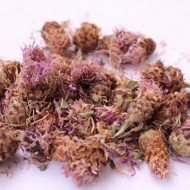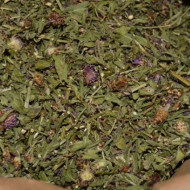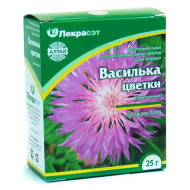What is cornflower meadow: garden decoration or medicinal plant
Content
Description and habitat of meadow cornflower
A plant from the Asteraceae family belongs to the Dicotyledonous class. It has a superficial root system and straight, weakly branched shoots. After reading the botanical description, it is difficult to believe that meadow cornflower is a weed.
Its height is 0.8-1 m, the stems are hard, rough. The leaf plates, which are attached to the base, are wide, and closer to the apex, lanceolate. The surface is covered with silvery fibers on both sides. Inflorescences look like baskets, located on scaly yellow-brown calyxes. Double-row needle-like petals of pale lilac color surround the flowers of the tubular type, concentrated in the center. The flowering culture lasts from June to October.
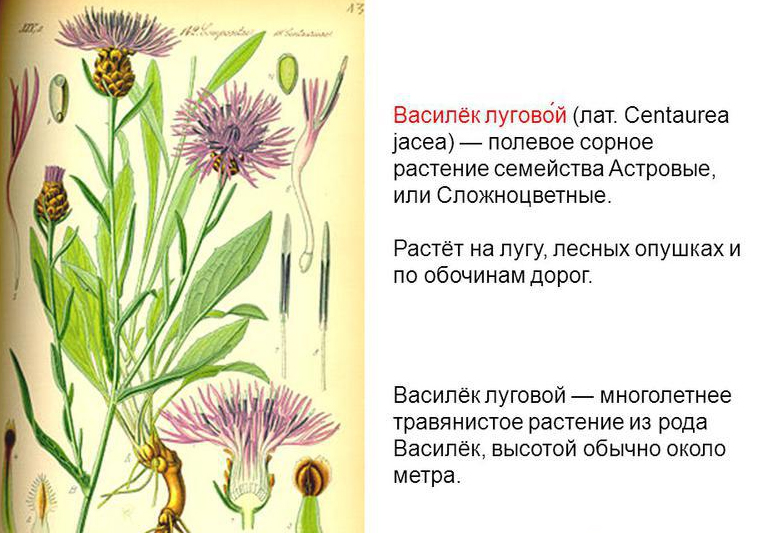
A wild herbaceous plant is found everywhere - from the south of Russia to the Far Eastern regions and Siberia. It grows in cereal fields, roadsides, plantings near roads, as well as in meadows. The hair's favorite neighborhood is a wild poppy or field chamomile. Due to the fact that the cornflower was actively destroyed for a long time, it was listed in the Red Book.
Chemical composition
Despite the fact that the composition of the meadow cornflower is not fully understood, one thing is for sure - useful substances are found in all parts of the plant, even in the root system. Today, botanists know the following components:
- tannins;
- alkaloids;
- vitamin C;
- carotene;
- pectins;
- glycosides;
- solanine;
- flavonoids;
- mineral salts;
- essential oils.
Useful and medicinal properties
The healing properties of the plant have been known for many hundreds of years. Phytotherapists and homeopaths use meadow cornflower in their practice for the following problems:
- cystitis;
- hepatitis;
- cholecystitis;
- inflammation of the digestive tract;
- cold;
- flu;
- dermatological diseases.
Folk remedies based on a wild-growing flower have a versatile effect on the body:
- remove excess fluid;
- have choleretic properties;
- speed up metabolism;
- lower the heat;
- strengthen the heart muscle and blood vessels;
- help fight stress;
- disinfect;
- relieve pain.
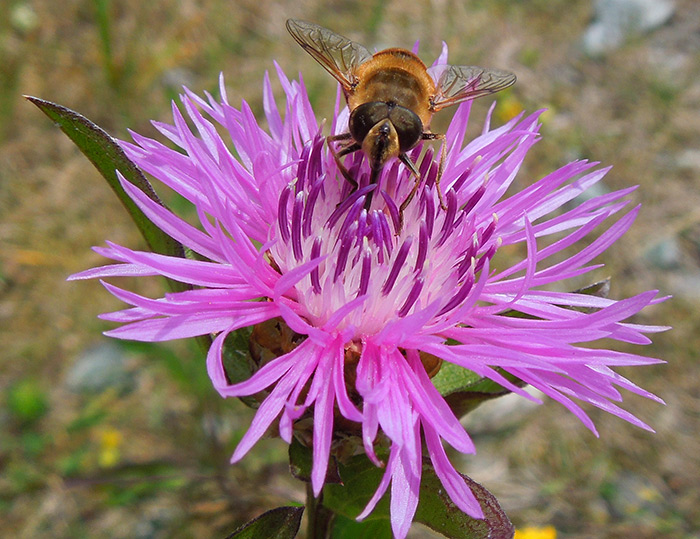
Harm and contraindications for use
Since the hair is a medicinal plant, it should be taken very carefully. In order not to harm the body, you need to strictly adhere to the dosage. Due to the presence of anthocyanins in the composition, products based on meadow cornflower are contraindicated in such groups:
- pregnant women;
- women during lactation;
- children under 12 years old.
People with increased sensitivity to the chemical components of the plant should be careful.
Video "Description of meadow cornflower"
This video describes the beneficial and medicinal properties of the plant.
Collection and procurement of medicinal raw materials
Leaves and inflorescences for harvesting are harvested from the beginning of summer until the first frost, but the roots are dug up only in the fall. For the preparation of medicines, a fresh and dried hair is used. The drying process takes place as follows:
- the collected raw materials are laid out in one row on a clean surface;
- placed under a canopy on the street or in a well-ventilated attic;
- Turn regularly to dry evenly.
In order for the collection to retain all its useful qualities for two years, it is placed in glass containers, closed with a tight lid and stored away from sunlight.
- Inflorescences begin to collect in the summer
- The collected leaves and inflorescences are dried at home
- You can buy dried cornflower flowers at the pharmacy
Fields of application of meadow cornflower
Hair is a versatile plant used in various fields. In addition to medicinal products, home cosmetic products are often made on its basis. Also, culture is sometimes used to decorate a garden or flower garden. We'll talk more about this below.
In folk medicine
Compresses from freshly cut meadow cornflower are good for joint and muscle pain. To do this, it is poured over with boiling water, wrapped in a bandage or gauze, and then applied to the sore spot.
An infusion of hairs is taken for heart problems, blood vessels or colds. It is prepared as follows: steamed a tablespoon of dry raw materials with a glass of boiling water and let it brew for 2-3 hours. The strained broth is drunk in 1 tbsp. l. three times a day before each main meal.
In case of intestinal upset, tincture on the roots will help. Pour a tablespoon of grated rhizomes with a glass of boiling water and leave for a couple of hours. After filtering, take 2 tsp. three times daily before meals.
In cosmetology
Regular use of cornflower masks improves the color and general condition of the skin. 6 tsp dry inflorescences are steamed with ½ cup of warm water (80-90 ° C), and then insisted until it cools completely. Then add 2 tbsp. l. honey, stir thoroughly and apply to cleansed skin. After 20 minutes, the product is gently washed off with warm water.
For oily problem skin, the following recipe is suitable: 4 tsp. dry color, steamed with a glass of boiling water and insisted until it cools completely. The strained liquid is rubbed onto the face once a day.
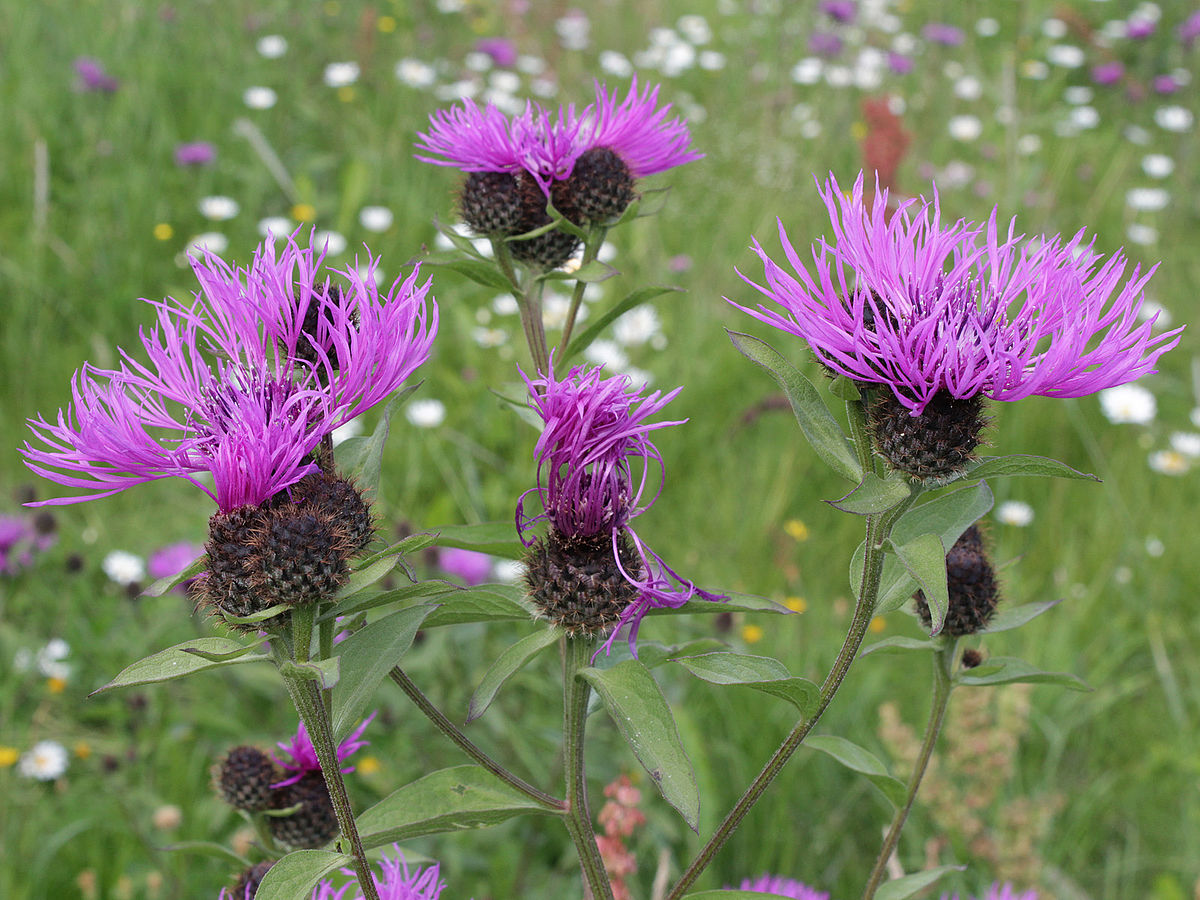
In garden design
Delicate wildflowers with dense greenery are well suited for decorating a personal plot. Most often they are planted in mixed compositions or group plantings. Meadow cornflower looks spectacular when decorating open terraces, gazebos or balconies.
The best neighboring crops for hairs are:
- decorative cereal plants;
- velvet;
- chamomile;
- garden poppies;
- calendula;
- forget-me-nots.
As you can see, meadow cornflower perfectly copes with the role of not only a folk healer, but also a decorative garden decoration. Despite belonging to a weed, it is quite useful and versatile, which makes it a truly valuable crop.

